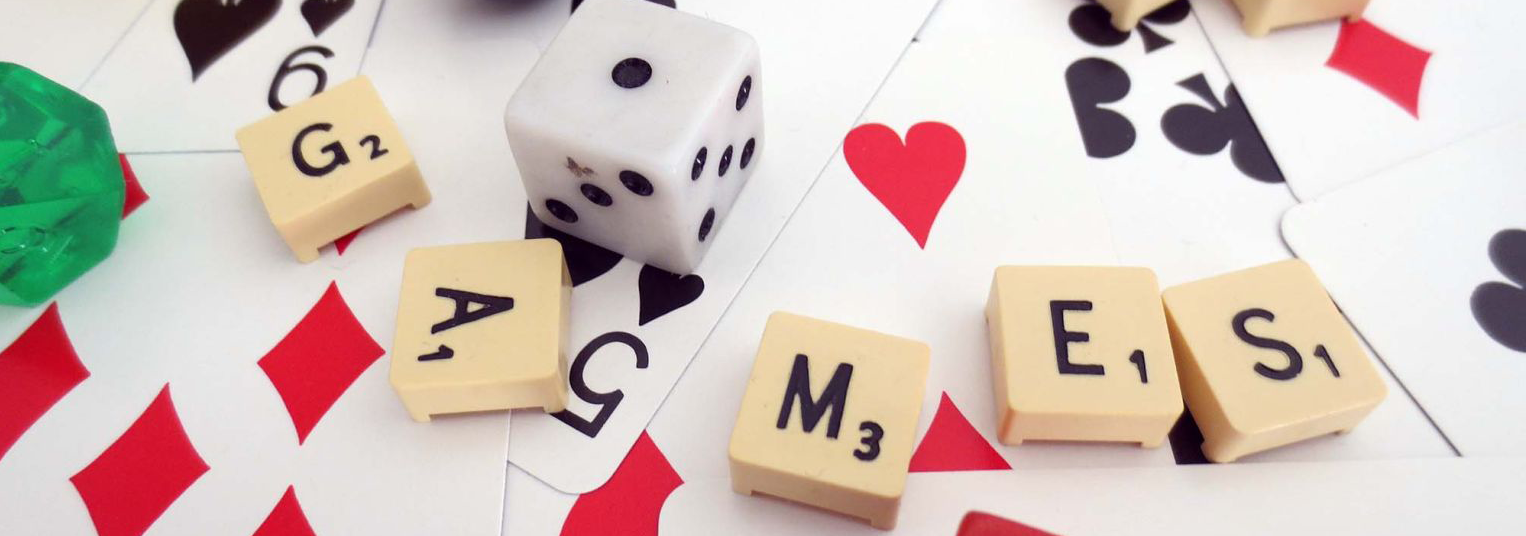
- The phrase “natural disasters” is a misnomer, because we can choose to avoid harm from the environment’s perils.
- Gaming can change our psychology by instilling cooperative strategies necessary for preventing disasters.
- Producing confidence in avoiding disasters can help our mental health.
Imagining a disaster is scary. Contemplating death, disruption, and devastation can adversely affect our mental health. How could disaster game psychology make stopping disasters fun, effective, and inspiring?
Fundamental to answering this question is not using the phrase “natural disaster.” Nature does not play disaster games, because the environment merely produces potential dangers such as volcanic eruptions, tornadoes, and wildfires. If we choose, then people and organizations with power and resources can and should create opportunities to avert casualties and damage from nature’s forces and energies. We have done so, including for earthquakes and floods, with plenty of possibilities to be implemented for a range of perils from climate change to asteroids to heat.
“Possibilities to be implemented” is worrying. We know what to do. Not doing so and letting disasters happen provides ample proof that disasters are not natural, since we could avoid them, but opt not to. Instead, we witness the mental health impacts of failing to prevent followed by inadequate response and relief.

Disaster Games
Games could be used to turn around this inertia, giving us power and opportunities to save lives rather than cleaning up afterward. What is the psychology of disaster gaming that could instill a culture of prevention? How should games balance the consequences of creating disasters compared to the implications of choosing to act so that they do not occur?
Many games about disasters display two main concerns. First, they are competitive whereas preventing disasters is about cooperation. Second, players roll dice or draw cards, yet preventing disasters is not random; it is our choice and requires strategy rather than luck to succeed.
Nature certainly can be and is unpredictable and uncertain in numerous ways; we can never know everything about the environment. This key point ought to be incorporated into any disaster game. Yet nature never dictates disasters. Disaster games—as well as simulations, exercises, and drills—should ensure that everyone works together without randomness to succeed. Failure means that all players lose.
This approach will give us confidence—without overconfidence or complacency—that we can save lives, bolstering our mental health when facing our planet’s power. It is hard to stop, and perhaps we should not try to stop, the volcano’s blast, the tornado’s wind speed, or the sweeping floods from a hurricane. We need to flip the psychology around from fear of or opposition toward nature to averting people living in dangerous places or in dangerous ways without options to change or control their circumstances.
Examples are:
- A decision-making game in which players must put together an emergency evacuation kit or a first aid kit by selecting from among numerous items provided to them. Players must also indicate what is absent.
- A scavenger hunt to create an emergency evacuation kit or a first aid kit. Again, players must identify what is missing.
- Karaoke games or “dancing feet” games with disaster prevention songs in which each player must achieve a minimum score for everyone to win so that players help each other succeed. An example is the rock song “Turn Around, Don’t Drown”, released by the United States National Oceanic and Atmospheric Administration (NOAA), to explain why we should never try to drive, cycle, or walk through floodwater.
- A mapping game to identify and draw possible perils in a neighborhood for working out and testing possible evacuation routes.
In support, plenty of fiction delves into the psychology of disaster games and their impact on mental health. Ender’s Game by Orson Scott Card covers children using video games and real-life games to learn and test leadership, strategy, cooperation, and manipulation in war. Other books have examined John Conway’s Game of Life which can apply to the dynamics of infectious disease. It could be intriguing to investigate it for preventing disease disasters, such as pandemics.
Changing Our Mental Picture
Within all these, what works effectively for different audiences? Which games change mental pictures constructively for players to become disaster preventers? Which ones are seen as merely “games,” not linked to reality and not changing the way we think and act? How do we overcome rule-based thinking, which is typical in games, in favor of an ever-changing situation, which is the reality for disasters?
In developing app games for disaster prevention training, colleagues aimed to change our thinking about disaster gaming to support, rather than cause problems for, our mental health. Key aspects are designing with users, ensuring an evidence basis, being open and transparent, producing full accessibility, addressing privacy and security, and focusing on collaborative endeavors.
Again: cooperation and strategy, not competition or randomness.
Using the phrase “natural disaster” lets us blame nature or presume that disasters are a natural course. Both notions need to be put to rest by using disaster gaming to create a mindset of prevention.
References
Gampell, A.V. and JC Gaillard. 2016. Stop Disasters 2.0: video games as Tools for disaster risk reduction. International Journal of Mass Emergencies & Disasters, vol. 34, no. 2, pp. 283-316.
Kayastha, R., S. Mueller, P. Yadav, I. Kelman, A. Boscor, N. Saville, A. Arjyal, S. Baral, M. Fordham, G. Hearn, and P. Kostkova. 2021. Do Women in Nepal Like Playing a Mobile Game? MANTRA: A Mobile Gamified App for Improving Healthcare Seeking Behavior in Rural Nepal. Frontiers in Public Health, vol. 9, article 645837.
Lifeline. 1971-1973 (11 volumes). A Quarterly Newsletter for Enthusiasts of John Conway’s Game of Life.
Sharpe, J. and I. Kelman. 2011. Improving the disaster-related component of secondary school geography education in England. International Research in Geographical and Environmental Education, vol. 20, no. 4, pp. 327-343.
For more on disasters from tornadoes and floods to wildfires and climate change, see Disaster by Choice.
